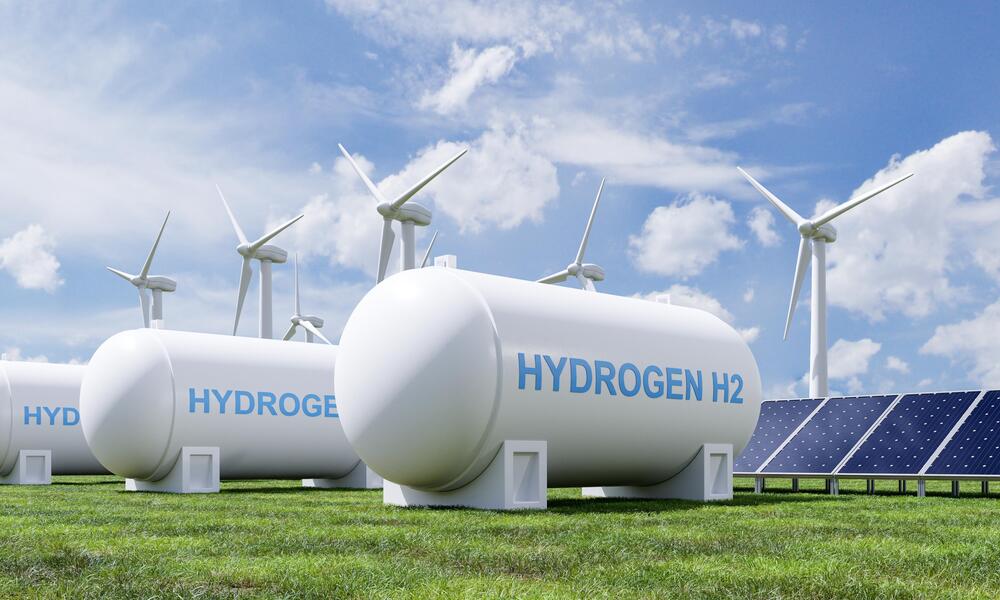
The world of technology is constantly evolving, and new trends are emerging daily. These trends can revolutionize how we live, work, and communicate, and it’s essential to stay updated and adapt to them to remain competitive.
We will explore several emerging technologies, including Adaptive AI, Superapps, Green technology, and Extended Reality, which have the potential to drive business growth.
From personalized systems to immersive experiences, these trends will pique your curiosity and provide fresh insights into the role of technology in shaping the future.
So, whether you’re an entrepreneur, a business owner, or someone who loves to stay on top of the latest tech trends, this blog post is definitely for you.
Let’s start and discover how these technology trends can help your business stay ahead of the curve!
Adaptive AI: The Future of Personalized Systems
Are you interested in discovering how Artificial Intelligence (AI) can help your business? AI is a rapidly advancing technology that has the potential to transform a variety of industries. One of its key advantages is its ability to adapt and improve over time, known as Adaptive AI.
Adaptive AI can provide a more personalized experience by creating tailored product recommendations for e-commerce customers and customized investment portfolios in finance. Additionally, it can boost efficiency by optimizing retail inventory management and streamlining manufacturing production processes.
GPT-3 is considered one of the most advanced AI models, developed by OpenAI and currently used by several leading companies. Additionally, chatbot AI is becoming increasingly popular due to its ability to improve customer service and enhance content marketing strategies.
But be careful: Adaptive AI systems are only as good as the data they are trained on, and if the data is biased, the system will also be limited. This can lead to unfair outcomes and discriminatory practices. So keep that in mind when making use of these tools!
In summary, this technology trend can benefit various industries. Businesses that adopt it early on will likely have an edge in the future.
Super apps: The All-in-One Solution
Have you heard about super apps? These are like the one-stop shop for all your mobile needs! They offer a wide range of services, from messaging and social media to e-commerce and banking, all in one convenient place. They’re becoming increasingly popular, especially in Asia, and it’s expected that they’ll continue to grow in popularity in other markets too.
One of the most incredible benefits of using a super app is the ability to access all of your required services from a single platform, eliminating the need to switch between multiple apps. This saves time and makes it effortless to find what you need. The integration between services is seamless and user-friendly, providing a smoother and more enjoyable experience. As a bonus, when browsing products on a super app’s e-commerce platform, users can easily connect with a customer service representative through in-app chat.
The most popular example is WeChat, a messaging app in China, a super app that offers a range of services, including e-commerce and transportation booking. Its all-in-one approach provides convenience for users who can accomplish numerous tasks within the same app.
While Super App technology offers numerous benefits, there are also potential challenges and drawbacks to consider. One challenge is the risk of becoming overly reliant on a single app. If the app experiences downtime or technical difficulties could disrupt a user’s access to multiple services. Additionally, there may be concerns around privacy and data security, as users are entrusting a single app with a wealth of personal information.
Overall, it’s essential to consider both the benefits and drawbacks of Super apps technology when evaluating its potential use for your business.
Green technology: A Sustainable Choice
Green technology, also known as clean technology, refers to products and services that provide environmental benefits while being economically viable. It’s all about finding ways to reduce our impact on the environment while still getting the job done.
One of the most exciting and trendy developments in this area is green hydrogen production. This technology produces hydrogen fuel through electrolysis, where electricity is used to split water into hydrogen and oxygen. It is a clean and sustainable way to produce hydrogen, which can be used as a fuel source for transportation and other industries.
Possible downsides and disadvantages of Green technology are essential to consider too. One issue that businesses may face is the higher cost associated with implementing and using green technology. This may present a significant hurdle, especially for smaller companies that may not have the resources to invest in new equipment or processes.
In conclusion, green tech is gaining momentum as we all become more aware of the need to reduce our carbon footprint. Embracing green technology helps the environment and enables a more sustainable future for all of us. So, let’s all do our part and embrace green tech!
Extended Reality: The Future of Immersive Experiences
Extended Reality technology, also known as XR, is a term that encompasses virtual reality (VR), augmented reality (AR), and mixed reality (MR). This technology is used in various industries, such as gaming, education, and healthcare, to create more interactive and engaging experiences.
One of the benefits of this technology is that it can provide a more immersive experience for users. Imagine being fully immersed in a virtual world while playing a game or walking through a virtual building while learning about architecture. It’s like being in a different world entirely!
For example, In healthcare, this technology can be used to create virtual simulations for training and treatment purposes, which can be incredibly useful. Or in the architecture industry, it can be used to create virtual walkthroughs of buildings, allowing architects, clients, and contractors to work together and make changes in real-time.
The best example is Meta, formerly known as Facebook, which is building a Metaverse platform that utilizes XR technology to create a virtual world for users to explore and interact with each other. The platform will use a combination of VR, AR, and MR to create an immersive experience that feels like a real-world environment.
Users can customize their avatars, explore different areas of the virtual world, and interact with other users through voice and text chat.
While XR technology has come a long way in recent years, technical limitations must be overcome. For example, current XR devices can be heavy, uncomfortable to wear for extended periods, and may have limited battery life.
This technology is an exciting trend that can potentially change how we interact with the world. As the demand for immersive and interactive experiences continues to grow, companies.
To summarize, this technology has tremendous potential to revolutionize our interactions with digital content, providing heightened engagement and immersion across multiple industries.
Final thoughts
In conclusion, these four technology trends are poised to make a significant impact on various industries, from e-commerce to healthcare. By understanding these trends and their potential benefits and drawbacks, you can stay ahead of the curve and position your business for success.
As you consider implementing these technologies, keep in mind that each one has unique challenges and considerations. We encourage you to keep an eye on emerging technologies and remain adaptable in this ever-changing landscape.
Don’t let the fast-paced world of technology leave you behind. Partner with our software development team to take the first step towards innovation and growth.





